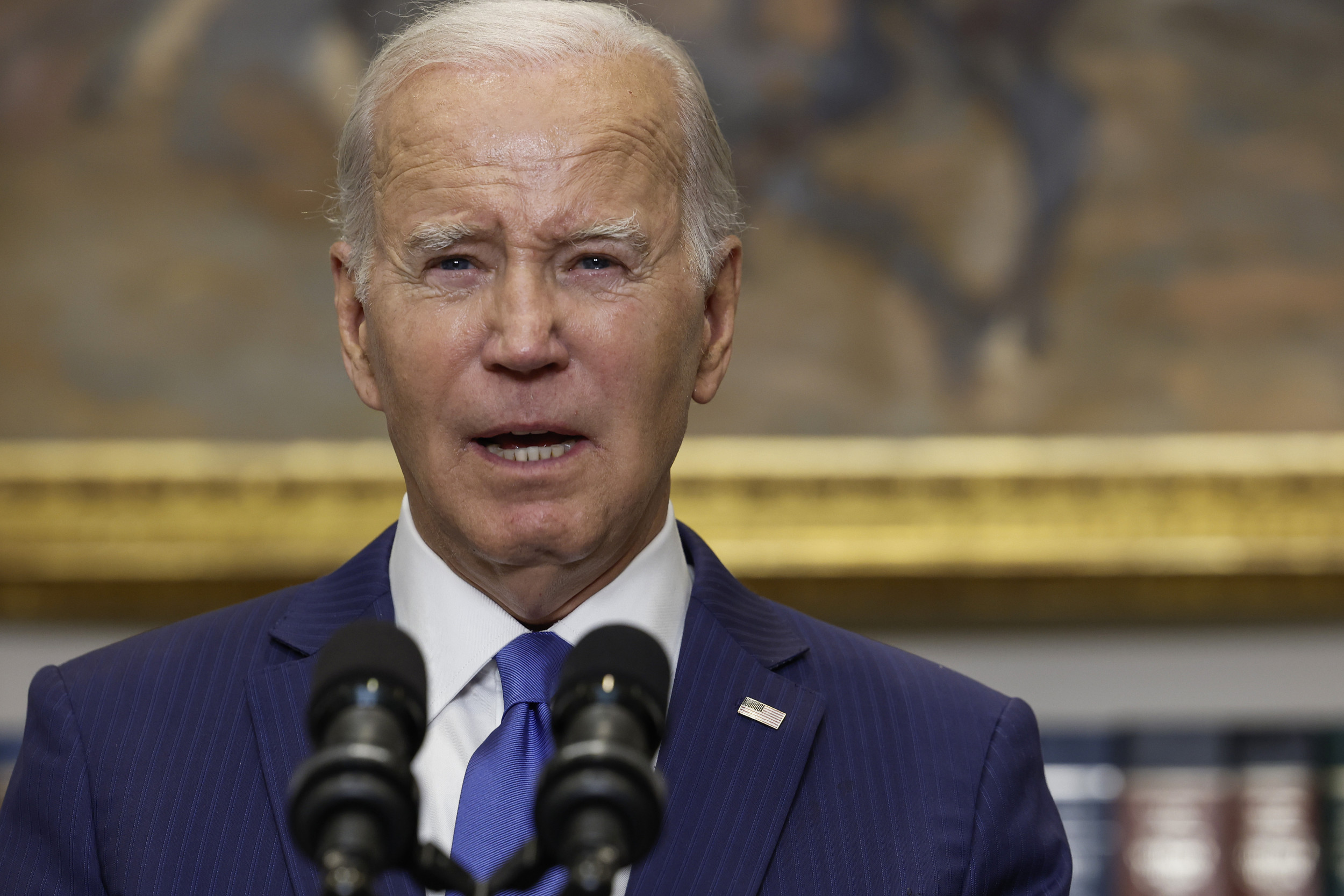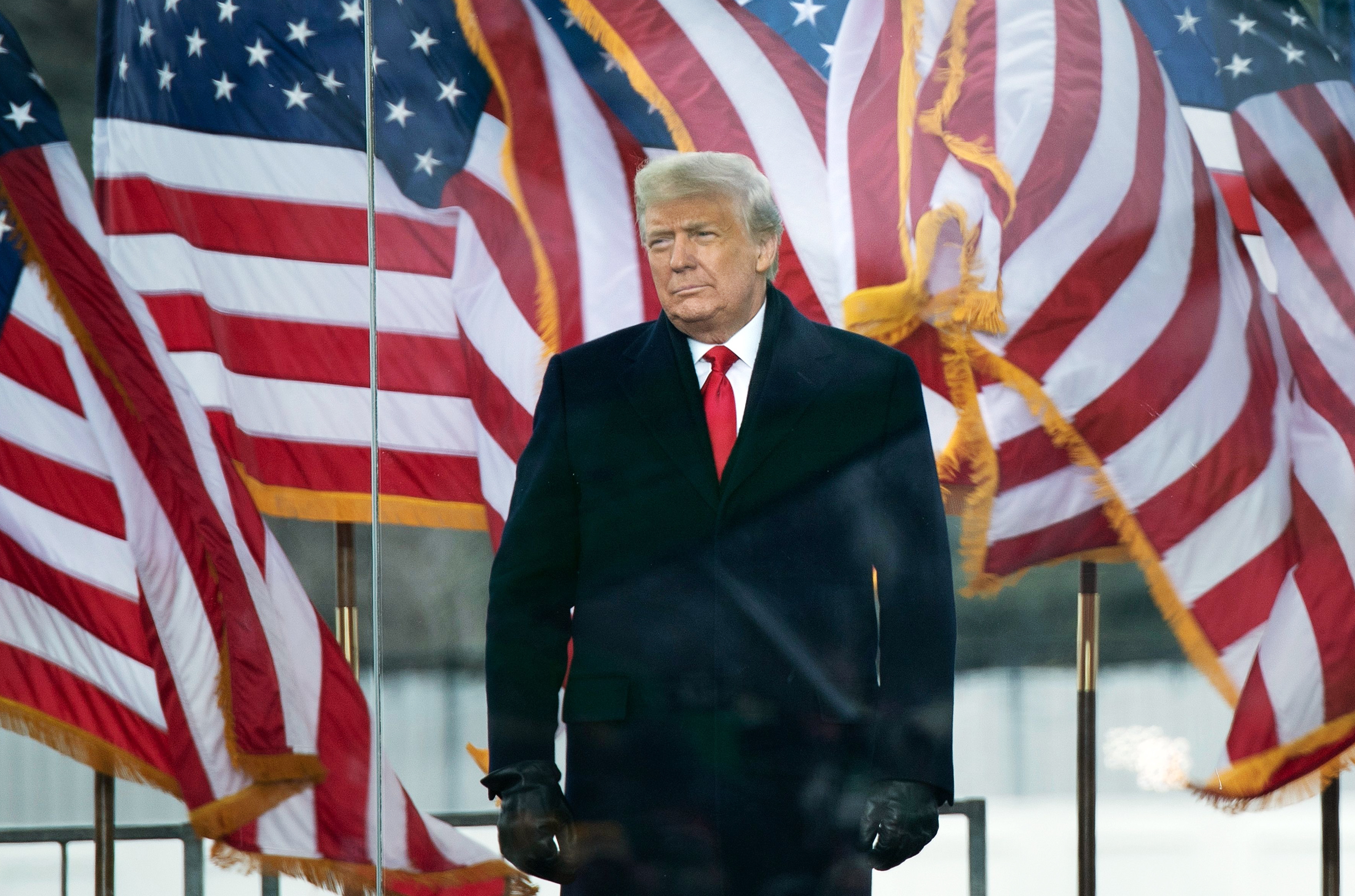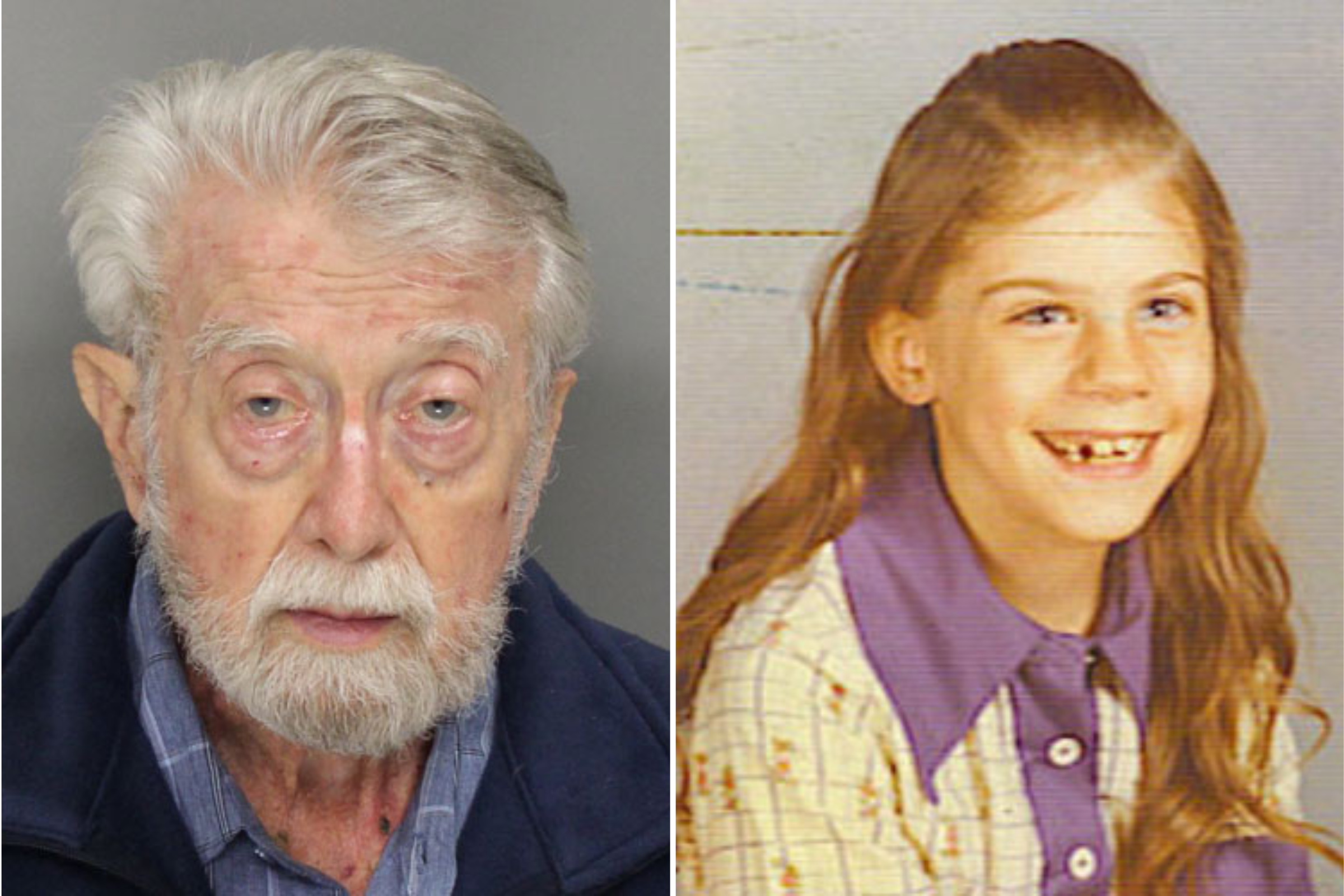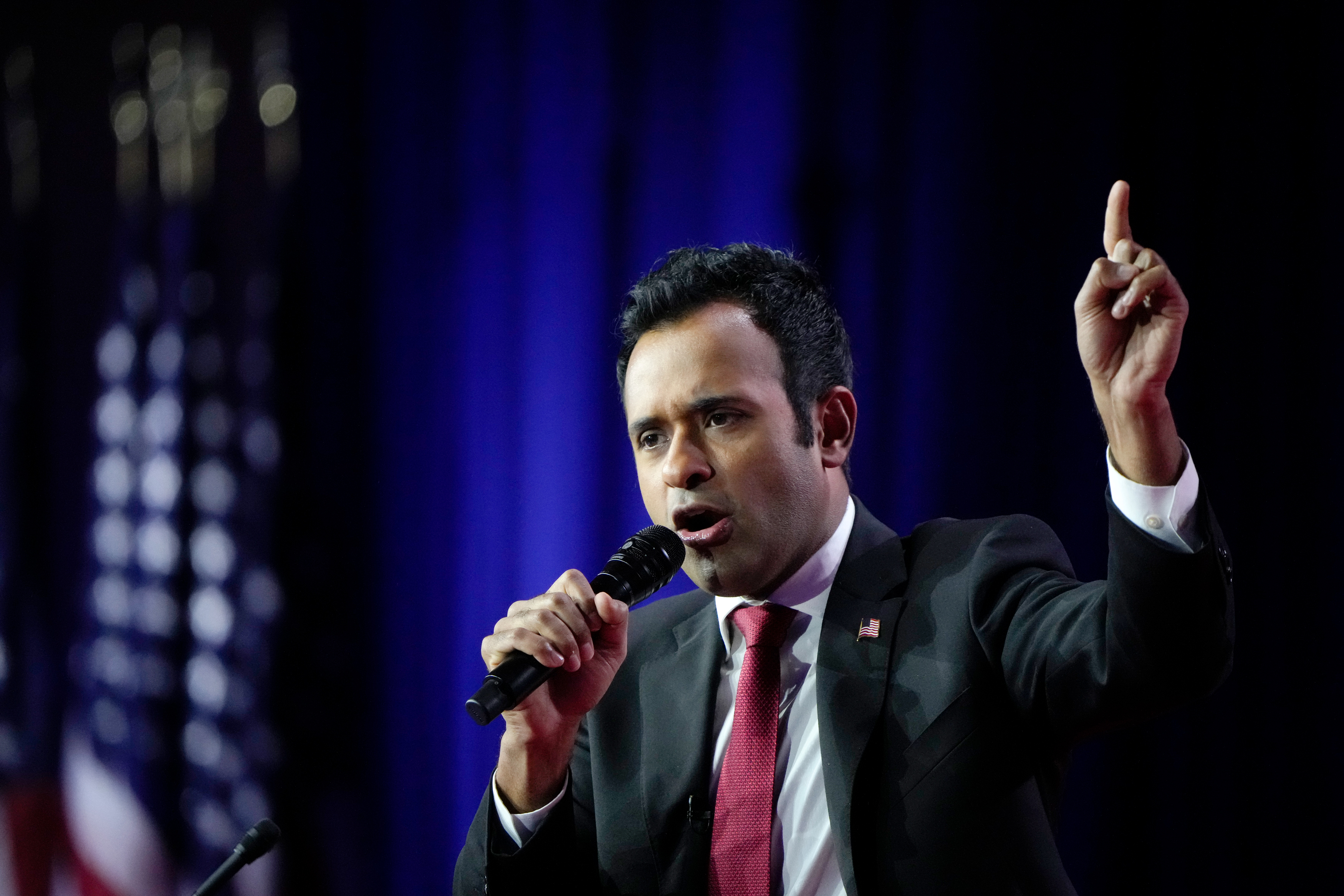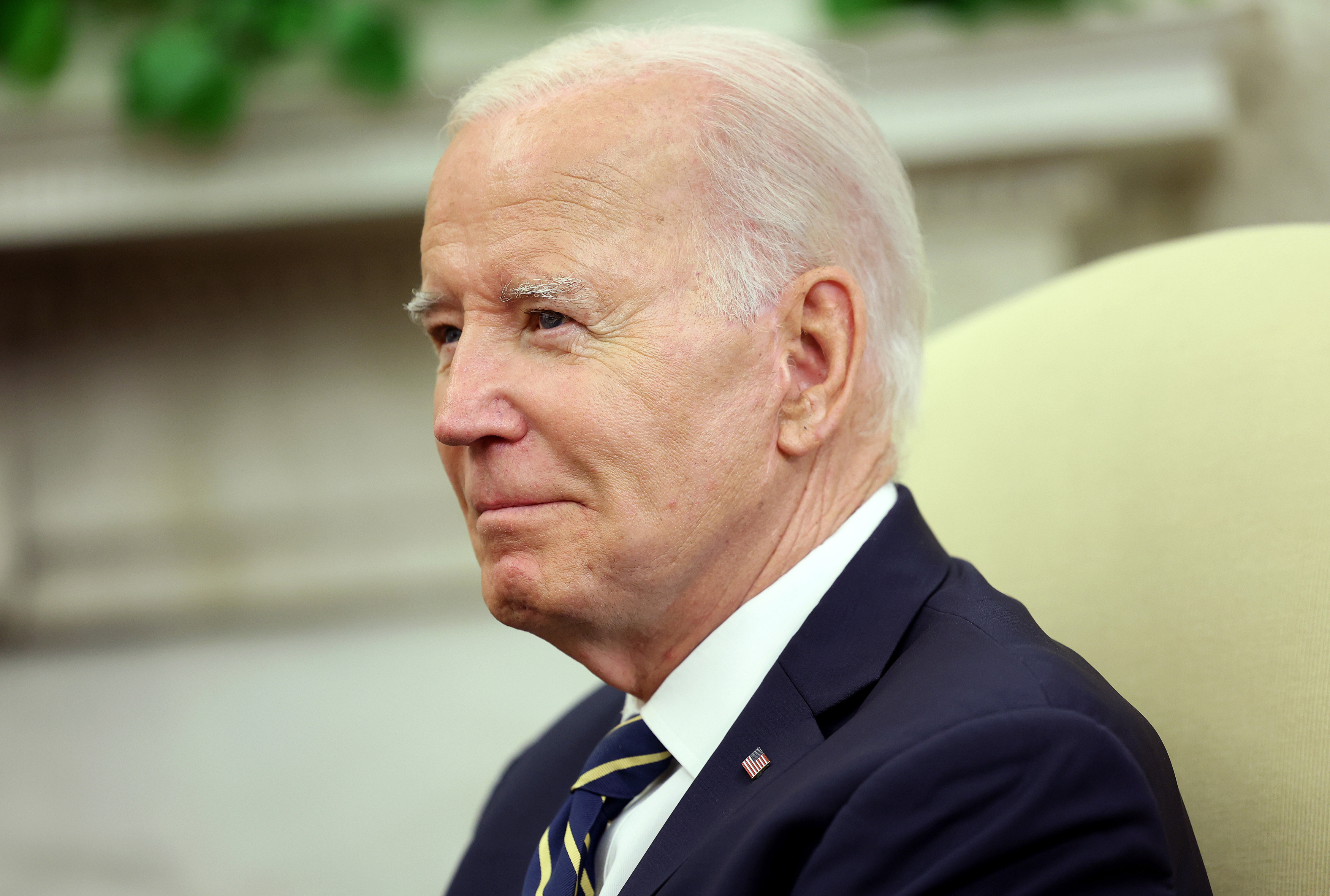The U.S. Department of Education (DOE) announced Monday that over 615,000 individuals have had their student loans forgiven through the Public Service Loan Forgiveness (PSLF) program since October 2021, totaling approximately $42 billion.
PSLF is one of numerous student loan forgiveness programs established by law. This specific program supports public service employees—such as teachers, firefighters, members of law enforcement, and nonprofit organization workers—who make the required 120 qualifying monthly payments.
President Joe Biden last summer fulfilled one of his campaign promises to reduce student loan debts for borrowers, who would be relieved of $10,000 worth of federal debt if they make less than $125,000, or their households make less than $250,000 in income per year. Pell Grant recipients would get an additional $10,000 in debt forgiven.
The Congressional Budget Office estimates that the plan would cost $430 billion over a 30-year period. The Supreme Court, as part of the Biden v. Nebraska case, is expected to make a decision this June on whether the plan will legally stand.

The DOE said the PSLF program, which it said helped relieve debt for about 7,000 borrowers during the Trump administration, is undergoing multiple changes aimed to better streamline the process, including:
- Allowing borrowers to complete the entire application online, with no need for mailed or faxed applications with wet signatures.
- Borrowers can submit e-signatures for themselves and request e-signatures from their employers, expected to diminish the processing time.
- Borrowers can now for the first time digitally submit and track the status of their PSLF form in the "My Activity" section of their StudentAid.gov account, including updates on whether their employers signed their PSLF form and when it was processed.
"Since day one, the Biden-Harris Administration has worked relentlessly to fix a broken student loan system, including by making sure we fulfill the promise of Public Service Loan Forgiveness for those who have spent a decade or more serving our communities and our country," said U.S. Secretary of Education Miguel Cardona in a statement.
"To date, the Biden-Harris team has kept that promise for more than 615,000 teachers, nurses, social workers, servicemembers, and other public servants by approving a combined $42 billion in student loan debt forgiveness.
"The difference that Public Service Loan Forgiveness is making in the lives of hundreds of thousands of Americans reminds us why we must continue doing everything we can to fight for borrowers and why families cannot afford to have progress derailed by partisan politicians."
Of the nearly 616,000 borrowers whose loans have been approved for forgiveness, the department such almost 610,000 of them have already had their loans discharged. The remaining borrowers are expected to receive relief "soon."
A DOE spokesperson told Newsweek that he had no comment on student loan-related lawsuits.
Alan Morrison, associate dean at George Washington University Law School, told Newsweek via phone that the forgiveness of these particular loans "is a very good thing" based not only on public service employees benefiting, but also due to the lack of action of Biden's predecessors.
"The Trump administration and, for that matter, the Obama administration were terrible about the loan forgiveness program," Morrison said. "It was terribly managed. They didn't give they didn't give any reasons; they had too much power given to the loan servicers; and there was litigation over it and they wisely agreed to settle it and to clean up their act.
"[The DOE] announcement strikes me as being nothing more than a recognition of how badly the program was run before, and how much the Biden administration has done to fix it up according to the law."
Morrison called PSLF "essential" based on law students who instead of going to work at large firms instead join governmental or nonprofit organizations post-college. The average debt of the law school's graduating students is $165,000.
"And if you're making modest (by lawyers' standards) wages, you can't begin to pay that back and have a have a life without the Public Service Loan Forgiveness Program and the various income protection loan programs they have...The government grant and tuitions used to cover a lot [like] scholarships, but the price of higher education has gone very high and so people are walking away with debt. And if they're gonna go go into public service they need help like this," he said.
Nathan Daun-Barnett, associate professor of higher education administration at the University of Buffalo, is one of the public service workers who benefited from this particular loan program.
He told Newsweek via phone that equivalent to the financial strain incurred by many students nowadays is the public's perception towards higher education, and whether they think that investment is worth it.
"Collectively in higher education, we took a pretty big hit during the pandemic," Daun-Barnett said. "The experience was very different. People's opportunities for pursuing post-secondary education declined, but we also had declining confidence over that time. You see some differences based on political affiliation on how they view higher education and whether it's necessary for future advancements—whether or not that's a good investment to make.
"I think that's going to have more of an impact on people's perception of higher education, whether they should invest in it than what's happening in the loan conversation right now."
For example, while the University of Buffalo generally maintained enrollment by way of its undergraduate and master's programs, Daun-Barnett said other colleges in western New York are down 30 or 40 percent dating back to when financial uncertainty proliferated following the Great Recession.
"And so until the cycle comes around again where more people are going back into those less selective colleges and universities where we're seeing some real challenges—and what we're gonna see is we're gonna see some consolidation, we're gonna see some we've seen institutions close...And a lot of that has to do with the fact that there just are not enough folks going back to school right now at the price that we're charging," he said. "And the privates are going to feel that more than the publics, but the publics are down as well."
Data presented as part of a recent analysis conducted by the Roosevelt Institute, a left-leaning think tank, and The Debt Collective, a union of debtors, found that the Biden administration's student loan forgiveness plan would financially benefit the Missouri Higher Education Loan Authority (MOHELA)—one of several companies the federal government pays to handle billing and other services on federal student loans—if enacted.
A poll of approximately 1,500 eligible voters conducted by Redfield and Wilton Strategies on behalf of Newsweek on March 7 and 8 found 62 percent support for the wiping away or reduction of student loan debt—including 50 percent of survey respondents who said they voted for Trump in 2020.
The plan is most popular among younger individuals. About 71 percent of respondents aged 18 to 24 support the plan, while 82 percent of those aged 25 to 34 are in favor.
It's supported by 54 percent of respondents between 55 and 64 years while dropping to 45 percent among those aged 65 years and older.
House Republicans' successful bill raising the debt ceiling would, if approved by the U.S. Senate, eliminate one-time debt cancellations for more than the aforementioned 40 million Americans while getting rid of a new DOE income-driven plan.
That new plan, called Revised Pay As You Earn Payment (REPAYE Plan), would allow borrowers paying 10 percent of discretionary income per month to only be required to pay 5 percent to those loans, the Associated Press reported.
Update 05/08/23, 5:32 p.m. ET: This article was updated with comments from Alan Morrison and Nathan Daun-Barnett.
